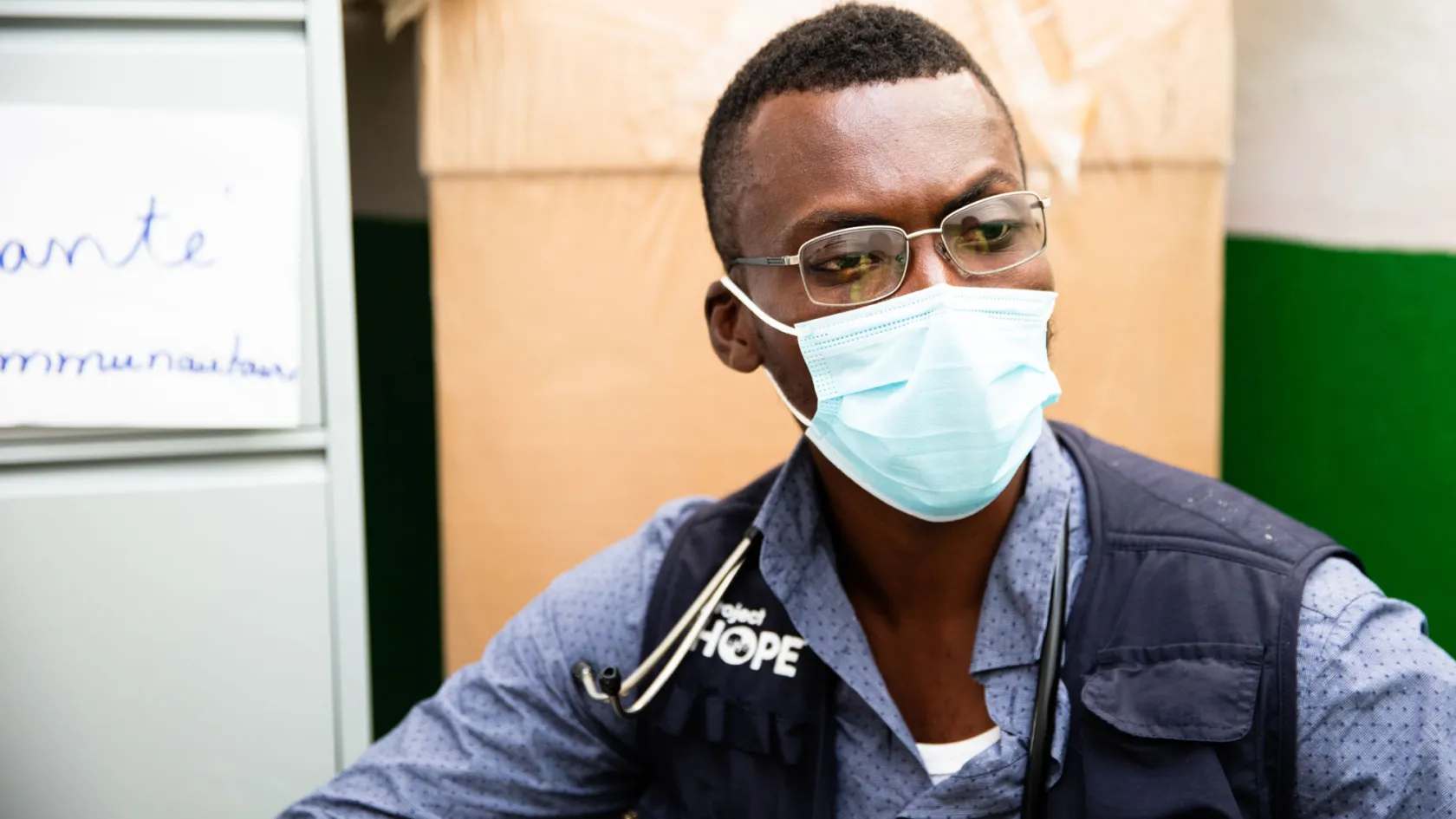4 Facts: The State of Women in Health Care
Women health care workers are the backbone and heartbeat of strong health systems. Here are four facts to better understand their contributions to global health and the gender inequities that stand in their way.
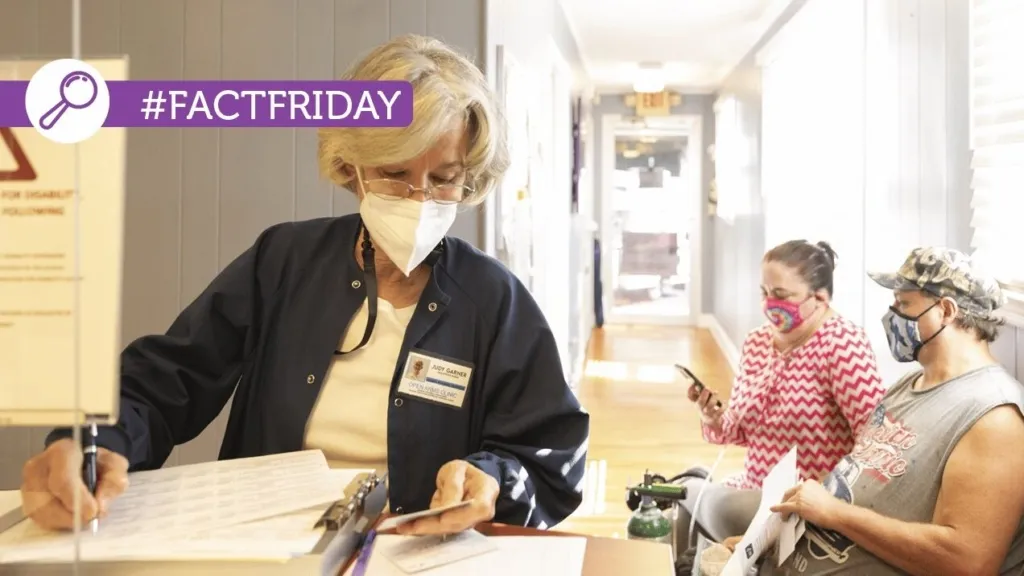
Women make up almost 70% of the global health workforce and contribute over $3 trillion to global health each year.
Yet the health systems they work for aren’t set up to support their own health and well-being.
Women earn less income than men and don’t have an equal stake in decision making. They have less access to adequate personal protective equipment and training and are more impacted by mental health concerns — clearly evidenced by the consequences of COVID-19. And global health suffers as a result.
Here are four facts that illuminate the systemic barriers and gender imbalances facing women in health care.
Fact 1: Women provide essential health services for around 5 billion people worldwide.
There’s no question that women are the backbone of the global health workforce. In fact, global health is largely in women’s hands: Women make up 70% of the health workforce and 90% of nurses and midwives worldwide.
It’s estimated that 5 billion people rely on women health care workers for essential health and care services. That’s more than the entire combined populations of Africa, Europe, Australia, North America, and South America.
Women comprise every level of health care, but as we’ll see, those positions aren’t filled equitably. Additionally, women health care workers in many parts of the world often have to take on additional responsibilities, including mental health: There is a huge gap in the availability of specialized mental health services in low- and middle-income countries, meaning that rather than visiting mental health specialists, women are more likely to seek mental health support in primary health care settings while accompanying their children or while attending consultations for other health issues.
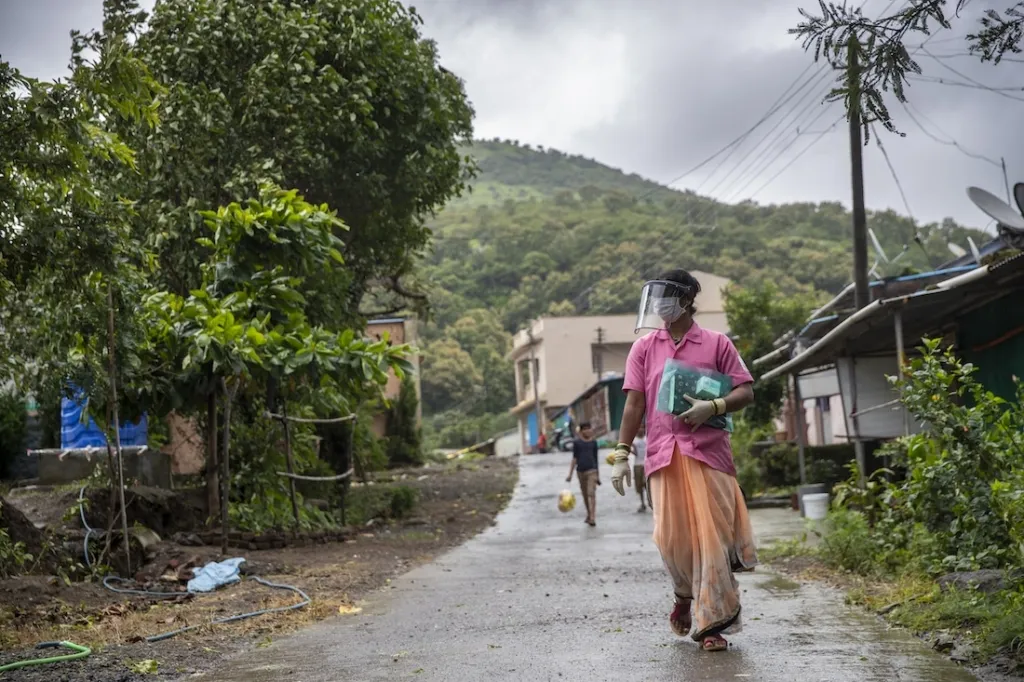
Fact 2: Men hold 75% of leadership roles in health care, while women hold 66% of all entry-level jobs.
Despite the fact that women make up the majority of the global health workforce, they only hold 25% of senior roles. Women from low- and middle-income countries experience an even greater leadership gap, holding only 5% of senior roles in health care.
This means that although women are delivering most of the care, they usually aren’t the ones making the most important decisions — decisions that often impact women more than men, like the maintenance of essential maternity services during COVID-19. And the pandemic could widen the gaps.
Closing this leadership gap requires an entire system approach that includes addressing social norms, stereotypes, workplace systems, and cultures.
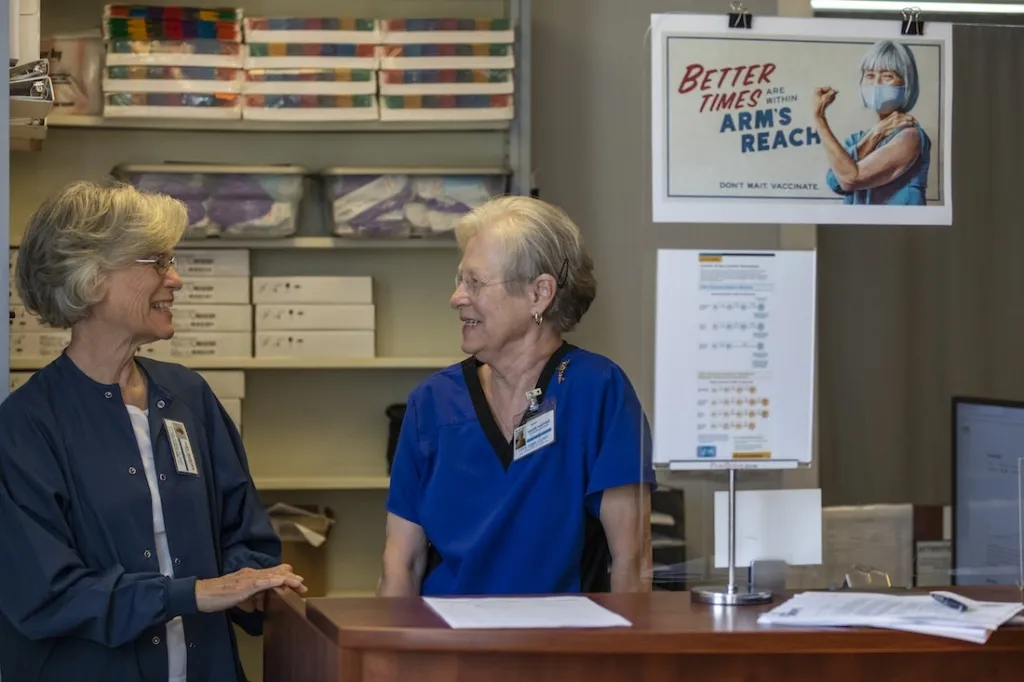
Fact 3: Women health care workers experience significantly higher rates of burnout and are more likely to experience mental health conditions.
In the U.S., nearly half of women health care workers have experienced burnout during the pandemic (compared to 41% of men), which negatively impacts patient care and doubles the risk of medical error. Women health workers have also been more likely to report mental health issues like depression, anxiety, insomnia, and distress — though many don’t pursue treatment, citing lack of time or concerns around stigma and confidentiality as the primary barriers to care.
Stressors that make women more prone to poor mental health include juggling multiple roles at work and at home, gender bias and discrimination, and a lack of sufficient support (like well-designed PPE).
“They’re tired. They’re exhausted. They’ve been working in such poor conditions. They’ve also been dealing with a lot of loss and grief while also worrying about catching COVID,” says Rawan Hamadeh, a program officer leading Project HOPE’s mental health programs. “The stigma associated with mental health is still a huge issue around the world — and specifically for health care workers. Health care workers tend to see themselves as caregivers, so it’s harder for them to seek support or mental health services.”
To address the mental health crisis — and destigmatize it — Project HOPE is implementing mental health and resilience trainings for nurses, doctors, and emergency responders. In May 2021, the Center for Disaster Philanthropy granted $1 million to help us expand the program to reach tens of thousands more health workers around the world.
Thanks to support from CDP, Project HOPE has been able to deliver trainings in 30 different countries across five continents, eventually reaching 51,000 health workers from all different levels of care, in rural and urban settings. The training curriculum is based on New York City Health and Hospitals’ HERO-NY series and includes sessions on stress, trauma, resiliency, personal wellness, and how to seek help.
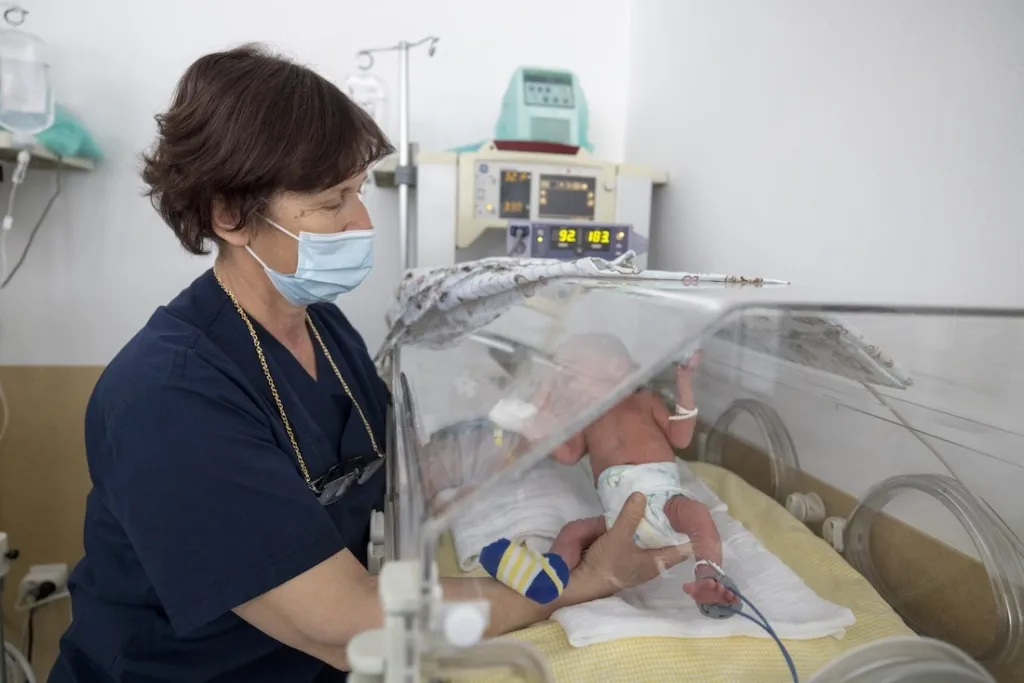
Fact 4: Female doctors have the highest rate of burnout among health workers.
COVID-19 has had a profound impact on the lives and health of health care workers — particularly women. Female doctors, especially those working in critical care and infectious disease specialties, have the highest rate of burnout.
In April 2020 alone, women lost or left more than 1.5 million jobs in health care — 12% of all jobs held by women in the sector. During the same period, men lost 196,000 jobs — about 6% of all jobs held by men in health care. When people began to return to work, women were slower to come back.
The world will need 80 million health workers to meet the demands of the global population by the end of the decade — double the number of health workers that existed in 2013. But without intervention, we’ll be short 18 million, mostly in lower-income countries. Nurses make up half of that gap: The world needs an additional 9 million nurses and midwives in order to reach Sustainable Development Goal 3 of ensuring healthy lives and promoting well-being for all.
Project HOPE is working to strengthen health care workers around the world and equip them with the tools they need to reach their local communities. In Ukraine, Sierra Leone, Indonesia, North Macedonia, and beyond, we’re working to provide trainings, equipment, protective gear, and mental health support to ensure every health care worker is equipped to provide the care their communities deserve.



